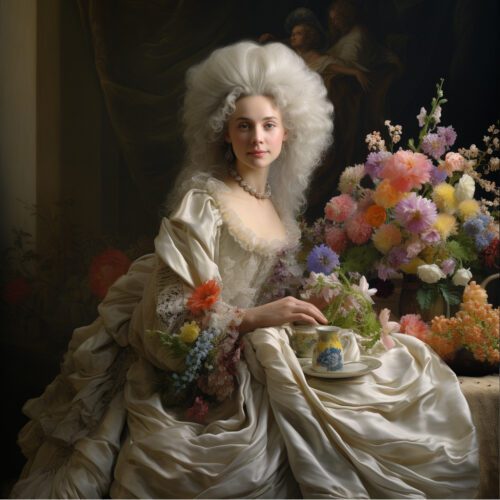Andy Warhol Artwork shook the establishment to its core with nothing more frightening than Coca-Cola bottles and Cambell’s Soup Tins. With his novel approach to creativity and preoccupation with celebrity culture, Andy Warhol revolutionised the art world. He quickly...
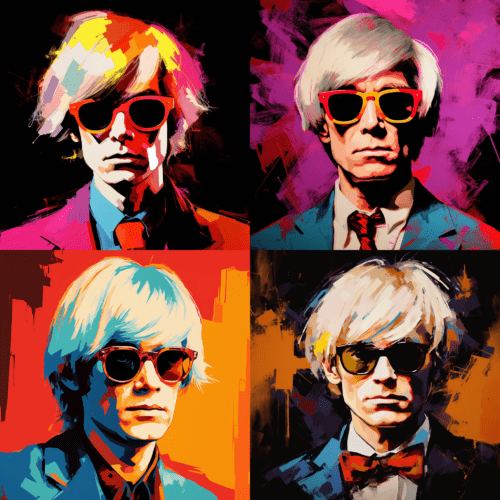
Andy Warhol Artwork shook the establishment to its core with nothing more frightening than Coca-Cola bottles and Cambell’s Soup Tins.
With his novel approach to creativity and preoccupation with celebrity culture, Andy Warhol revolutionised the art world.
He quickly became a prominent figure of the 20th-century art scene, creating iconic works of art out of everyday objects and well-known people using his special pop art fusion.
The fundamental components that make Andy Warhol’s artwork so memorable are explored in this article as it digs into his biography and artistic practise.
Early Years
Andy Warhol, who was born Andrew Warhola in Pittsburgh, Pennsylvania, in 1928, showed signs of artistic proclivity at a young age.
His training in illustration and commercial art prepared him for a successful early career as a commercial artist in New York City.
He started experimenting with the methods and fashions that would ultimately come to define his artistic legacy during this time.
The New Movement of Pop Art
The Pop Art movement, which embraced popular culture and ordinary household items, first appeared in the 1950s and 1960s.
Leading this movement, Warhol produced work that was both approachable and thought-provoking. “Campbell’s Soup Cans” (1961–1962) is one of his most well-known pieces from this time period. They are a collection of 32 innocuous paintings that do nothing more controversial than depict various soup cans.
Warhol’s elevation of a common household item to the status of fine art in this series challenged conventional ideas about what constitutes art.
Mundane items like Brillo pads and soup tins were exalted in Andy Warhol Art, which caused consternation among the traditional art curators.
His impact was so great that you would be hard-pressed to think of another 1960s artist who made a fraction of the impact Andy did.
In terms of Pop Art, perhaps only Roy Lichtenstein managed to make a name for himself during this Warholian monopolisation of the 1960s art zeitgeist.
Celebrity Obsession
A major theme in Warhol’s art was the celebrity society that fascinated him.
He created numerous photographs of well-known people, such as Marilyn Monroe, Elvis Presley, and Elizabeth Taylor, using screen printing techniques.
His depictions of these celebrities were frequently distinguished by strong, vibrant colours and a sense of detachment, which encouraged viewers to consider the commodity of their fame.
Celebrities seemed to have sold their souls to the Hollywood devils and no longer even owned their own faces, which were now public property.
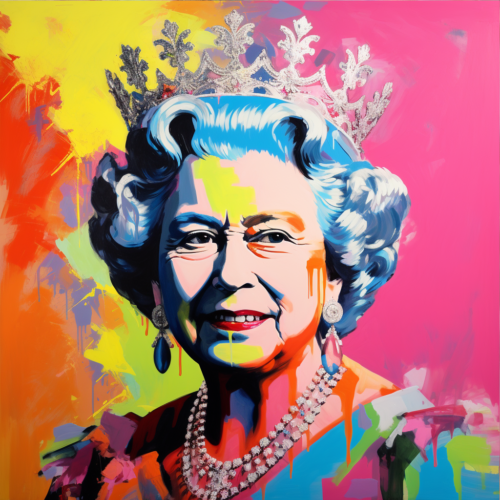
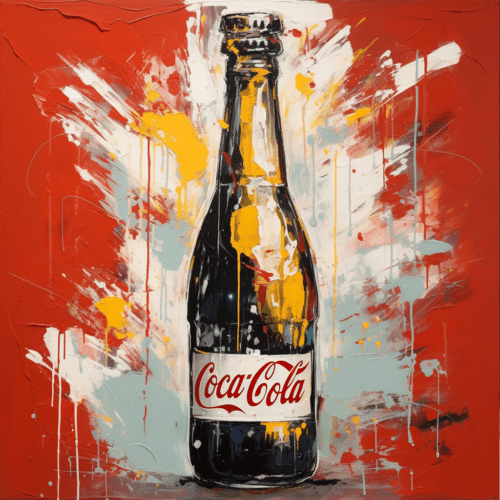
Investigating consumerism
Another important issue in Warhol’s art was consumerism. His works, like “Brillo Boxes” (1964) and “Coca-Cola” (1961), featured common household goods.
Warhol pushed the limits between commercialism and creative expression by presenting these items as works of art. He aimed to draw attention to how pervasive consumer culture is in our lives and encourage people to think about their own purchasing patterns.
His work explored the idea of brands as celebrities and people buying food and beverages because they are ‘famous’, in almost the same way as Monroe or Elizabeth Taylor are.
The Factory
Midway through the 1960s, Warhol founded “The Factory,” a facility where he and his associates created music, films, and works of art. As a meeting place for artists, musicians, actors, and intellectuals, this creative centre became a key component of New York City’s avant-garde creative scene.
The Factory served as Warhol’s workstation as well as a reflection of his view that art should be produced in large quantities, much like consumer items.
Wahol Ventures in Film
Although Warhol is most recognised for his visual work, he had a big influence on the movie industry as well. His experimental films, including “Empire” (1964) and “Chelsea Girls” (1966), questioned established narrative conventions and pushed the limits of the form. Chelsea Girls was an almost 3-hour monologue with lots of rolling around on beds. Definitely experimental in style, but with little to weave any narrative together.
Through his films, Warhol investigated voyeurism, celebrity, and the banal, offering a singular viewpoint on the society of the day.
The Divisive ‘Electric Chair’ Series
“Electric Chair” (1964–1955), was one of Warhol’s most divisive series. The electric chair used for executions was portrayed in this group of paintings. The series provoked heated discussions over the morality of depicting violence in art.
Viewers are forced to confront the desensitisation to violence in the media and society through Warhol’s use of repetition in these pieces.

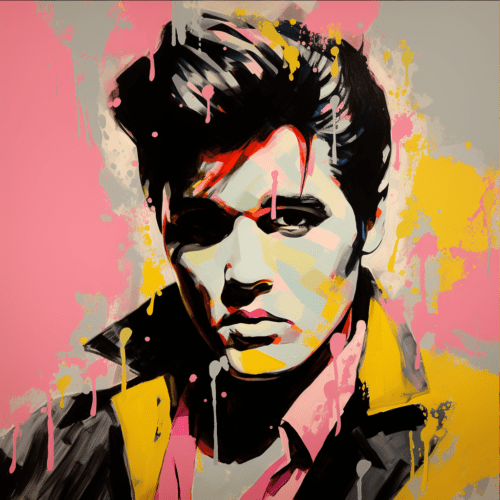
Influence and Legacy
The legacy of Andy Warhol artwork in the world endures to this day. His creations served as the inspiration for modern art styles like conceptual art and pop culture allusions.
New generations of artists are continually motivated by his investigations into celebrity, materialism, and the limits of art.
Conclusion
Andy Warhol artwork is evidence of his talent for elevating the commonplace to the spectacular.
He questioned established notions of creativity and broadened the scope of artistic expression by elevating commonplace items and famous people to the rank of art.
A true icon of the 20th century, Warhol’s legacy continues via both his art and the enduring impact he has had on the art world. His work continues to enthral viewers around the world and serves as a reminder that art may be discovered in the most unlikely locations – even in the back of the kitchen cupboard!







